Nine heritage Dalbergia tonkinensis trees in Huong Tra eco-village, Tam Ky city, are in full bloom, attracting a large number of visitors every day. Over the past two days, the heritage Sua tree population in Huong Tra ecological area, Hoa Huong ward, the suburbs of Tam Ky city has bloomed bright yellow, occupying the entire space. At this time, the golden ripe rice fields create a poetic rural landscape when viewed from above. Under the Sua tree shade, the river breeze blows in, the space is airy, and visitors come to visit like going to a festival. The yellow Sua tree is often called Giáng Hương Ân,
scientific name Pterocarpus indicus Willd. The tree is 15-25 m tall, trunk diameter 0.5-3.5 m, yellow flowers, light fragrance. Sua wood can be used to make household items and handicrafts.
According to documents of many clans, Huong Tra village was named in the 27th year of Canh Hung (1767), during the reign of King Le Hien Tong. The village is located on a sand dune along the river, so every year the villagers had to build a dike and plant sưa trees to prevent erosion, storms and floods and to preserve the land. Since then, it has become a tradition that every year the villagers build a larger dike. Over time, the sưa trees have grown larger, their branches and leaves firmly keeping the dike and the village safe from storms and floods. The old dike has now become a road with more than 50 trees over 100 years old. The oldest tree has a circumference of 2.7 m at the base, is 9.2 m high and has a canopy of more than 20 m. This is the section with the most sưa trees in Huong Tra village.
In early March, the Vietnam Association for Conservation of Nature and Environment recognized 9 golden sưa trees in Huong Tra eco-village as Vietnam heritage trees and numbered them in order. Each heritage sưa tree is over a hundred years old, with an average height of over 8 m, a circumference of 2.2 m, lush branches and leaves, many tumors, rough veins, and moss covering the trunk.
Since 2017, the city government has also chosen Huong Tra village as the place to hold the Sua flower festival. On April 5, the 2024 Tam Ky Sua Flower Festival opened with a boat racing competition on the Tam Ky River, attracting thousands of tourists.
A group of students visited the Dalbergia tonkinensis tree and played tug of war under the flowers in Huong Tra.
Every year, around April, the Su tree blooms in clusters and has a light fragrance. The flowers bloom for 2-3 days then fall off, blooming 3 times a year.
Ms. Duong Thi Na wore ao dai to take pictures because she was impressed by the ancient sưa trees with green leaves, wide canopies, and yellow flowers here. "In the afternoon, the soft yellow sunlight shines through the leaves, creating beautiful pictures," she said.
Vo Thi Hoai Linh (right cover) loves the beauty and cool air of the heritage trees. "Every time the trees bloom, my friends and I come to check in," Linh said.
In addition to the heritage tree population, in Huong Tra village, people planted hundreds of Dalbergia tonkinensis trees around the garden. These days, the yellow flowers bloom, taking up the entire space.
Bach Dang Street is planted with yellow Dalbergia to create shade, and when in bloom, they decorate the street.
The yellow sưa tree has a wide canopy, is easy to propagate, and grows quickly in the first years. The trunk is axial at the top, the roots are hard to fall, the branches are flexible and hard to break, the fruit is not fleshy. During the rainy season, the tree loses all its leaves so it is hard to fall.
Mr. Nguyen Minh Nam, Vice Chairman of Tam Ky City, said that in addition to its beauty, the sưa tree has high economic value, making it suitable for use as an urban tree. The city has been advocating the conservation and expansion of the sưa tree planting area in the area since 2010. Aiming for the title of "golden flower city", Tam Ky now has over 2,000 sưa trees, accounting for more than 10% of the total number of trees in the area.












![[Photo] Binh Trieu 1 Bridge has been completed, raised by 1.1m, and will open to traffic at the end of November.](https://vphoto.vietnam.vn/thumb/1200x675/vietnam/resource/IMAGE/2025/10/2/a6549e2a3b5848a1ba76a1ded6141fae)




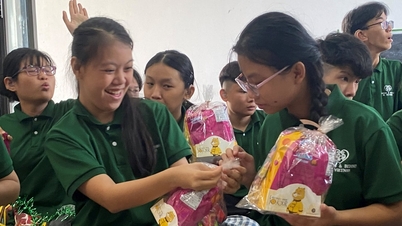

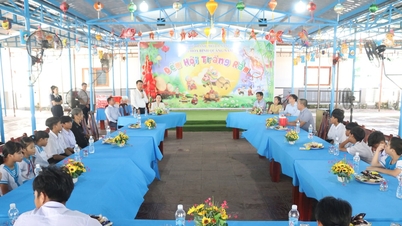



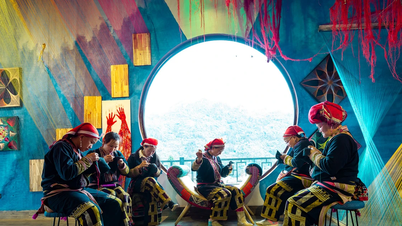

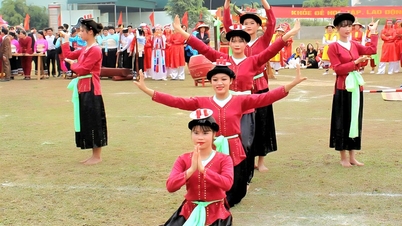

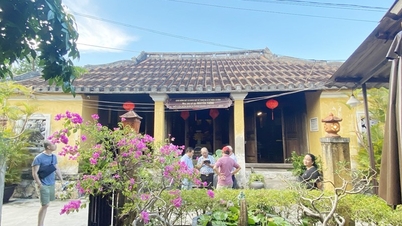


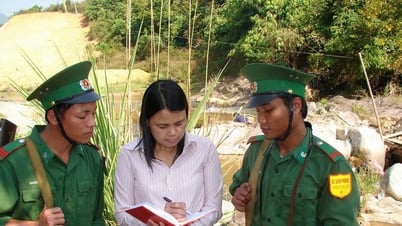
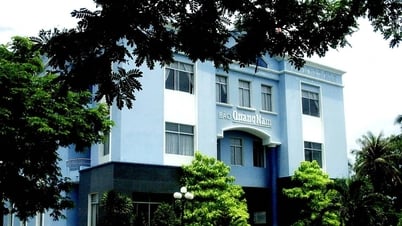
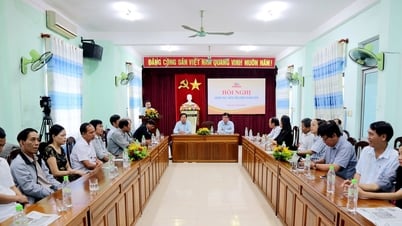
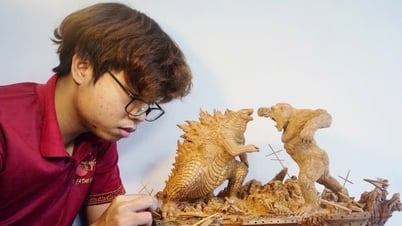




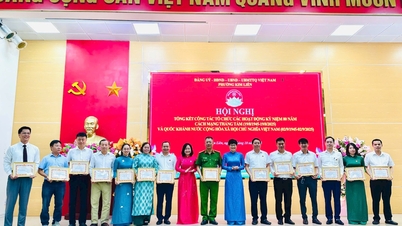
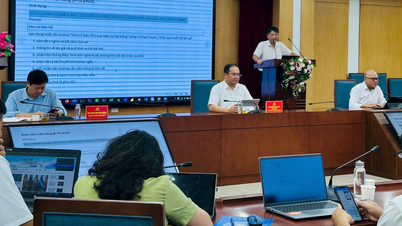
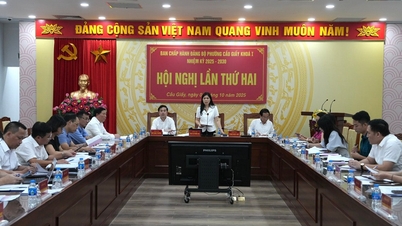
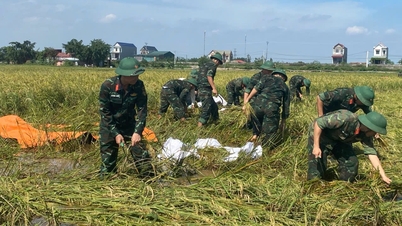

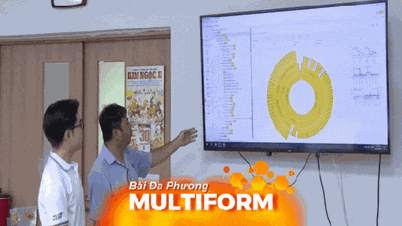




















































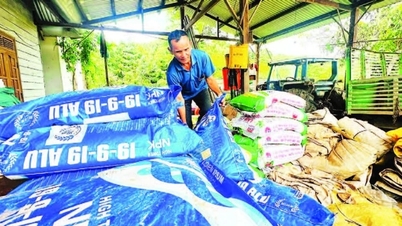
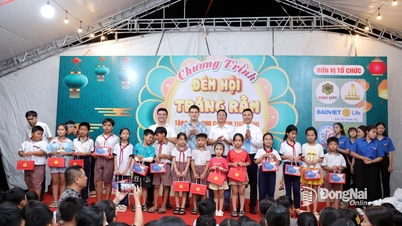














Comment (0)